And, it can be hard to choose. To start off, I have three things to say on the topic ...
1. You get what you pay for.
2. It doesn't have to be called interfacing to be interfacing.
3. For success - all fabrics (inside and out) have to be pre-shrunk.
OH ... and one more thing ... while you should certainly read the back of the envelope to see what kind of interfacing is recommended, the pattern company doesn't know what fabric you are using. So, you may decide a different kind of interfacing is a better match for your fabric than the one listed. AND ... sometimes you might want to use more than one kind of interfacing on a garment ... perhaps something stiffer for the collar than down the front, for example.
This is why it's good to save bits and pieces of interfacing, you never know when a tiny piece will come in handy.
I think the thing that is most confusing is the fusible vs. sewn-in issue. When I was learning to sew (when I was a little bitty girl) in the 1960's, fusible wasn't an option. We used pre-washed cotton or linen and sometimes a non-woven like Pellon. But, Pellon wasn't even available until about that time. hmmmmm ... wondering ....
I just found this history of Pellon on line.
In the 1930s, Dr. Carl Nottebohm, a Freudenberg researcher in Weinheim, Germany, was developing new backing materials when he discovered a method of manufacturing textiles directly from fibers – creating non-woven textiles.To describe the new technology, the name Pellon® was created. ‘PEL‘ was taken from ‘pelos’, the Spanish word for hair since interfacing was primarily made from hair canvas. ‘LON’ comes from nylon, the first synthetic fiber and a key component in the new fabrics. In 1950, Pellon® interfacings were introduced in the United States. The new materials were resilient, lightweight and lint free and they forever changed the textile and apparel industry. Soon after its introduction, the name Pellon® was synonymous with non-woven fabrics.
So this started me off on a quest to find out when fusibles really really did start being used by home sewers. And there is NOTHING on line. So I looked in my assortment of sewing books. I have at least one book from each decade of the 20th century.
| This makes sense to me since I started sewing in about 1964 and don't remember my mother using fusible at that time. |
Anyway, back to the sewing books.
Since I had all my books out, I thought I would look at some of the older ones and I was surprised.
So then I called the expert on all things 1930s and there abouts, my sister Theresa LaQuey, who will be blogging soon. And when she does, I hope she will write on this topic.
But, she came up with the same explanation I was thinking of. Which is, it is very likely people just knew to use interfacing. Or you had a grandmother or a neighbor who could advise you.
I believe interfacing is really important and will follow up this posting with a few more talking about actually using interfacing. But, how interesting this is!
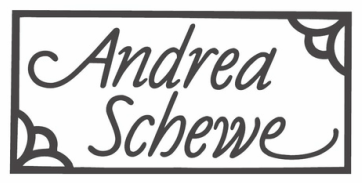
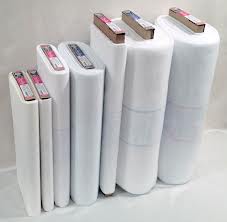
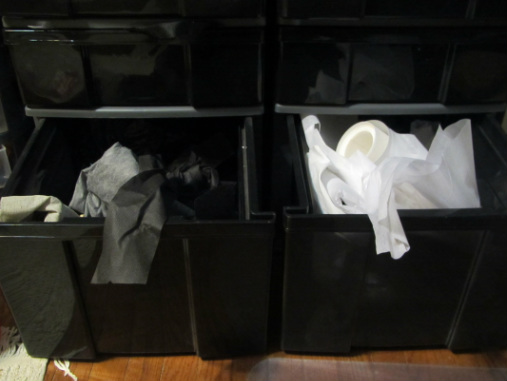
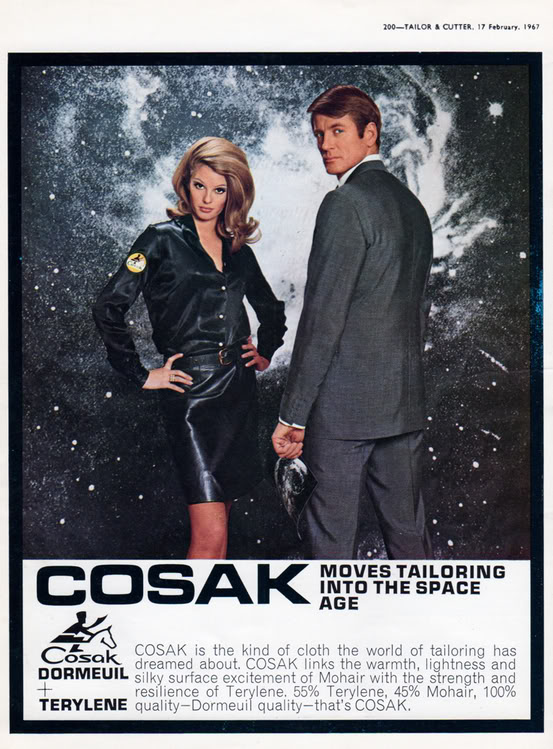
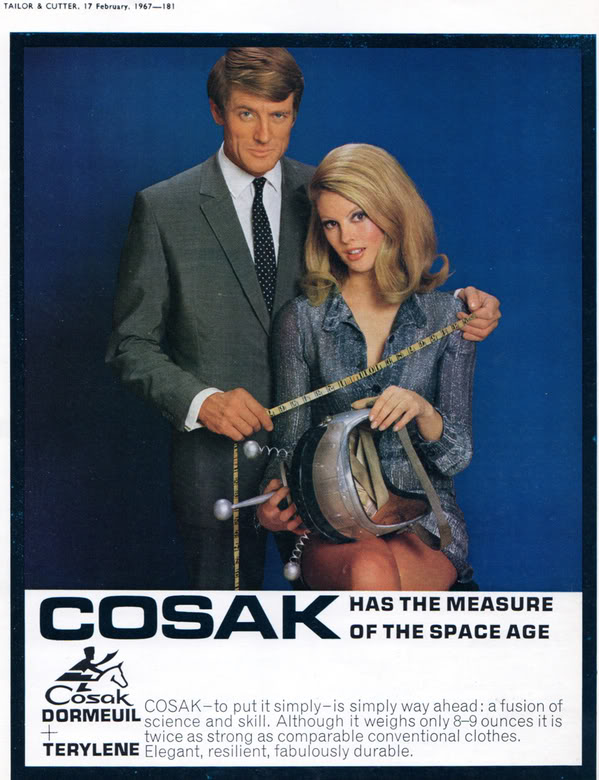
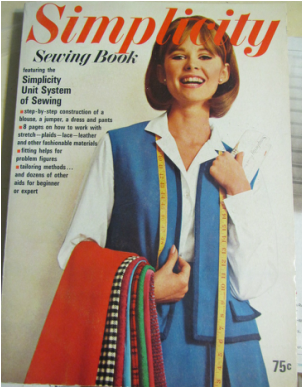
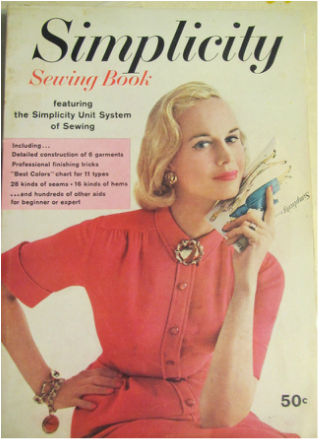
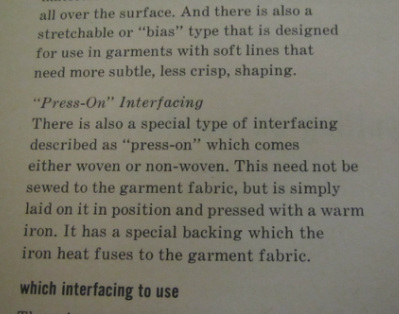
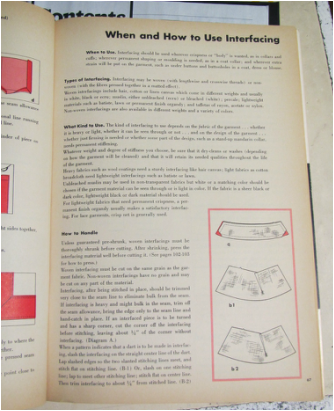
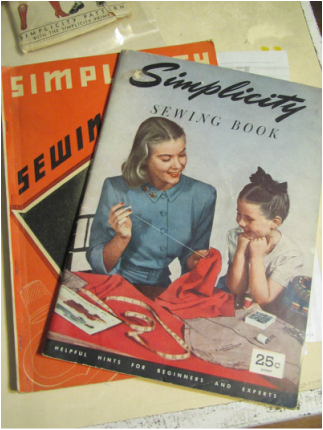
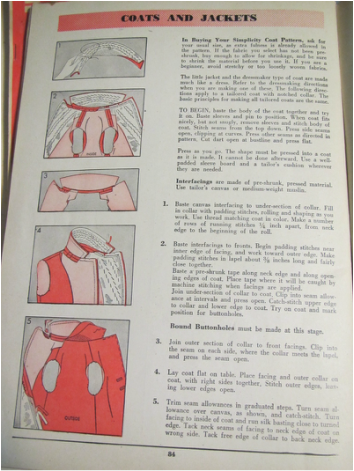
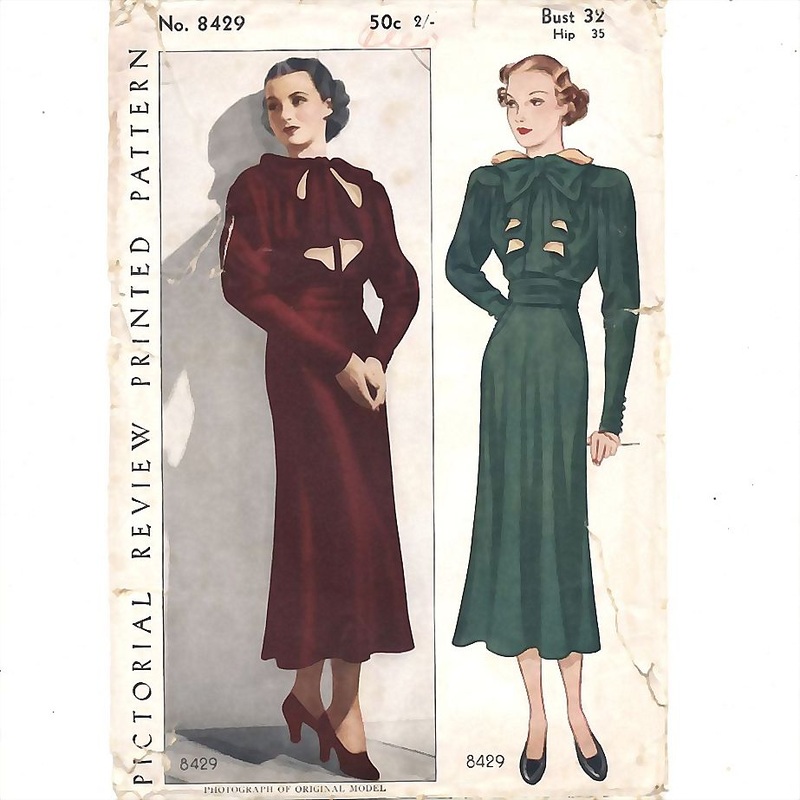
 RSS Feed
RSS Feed